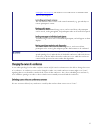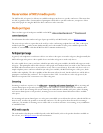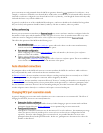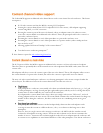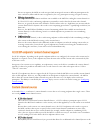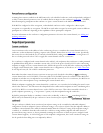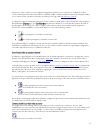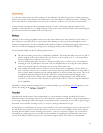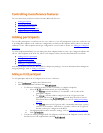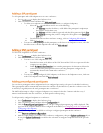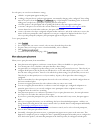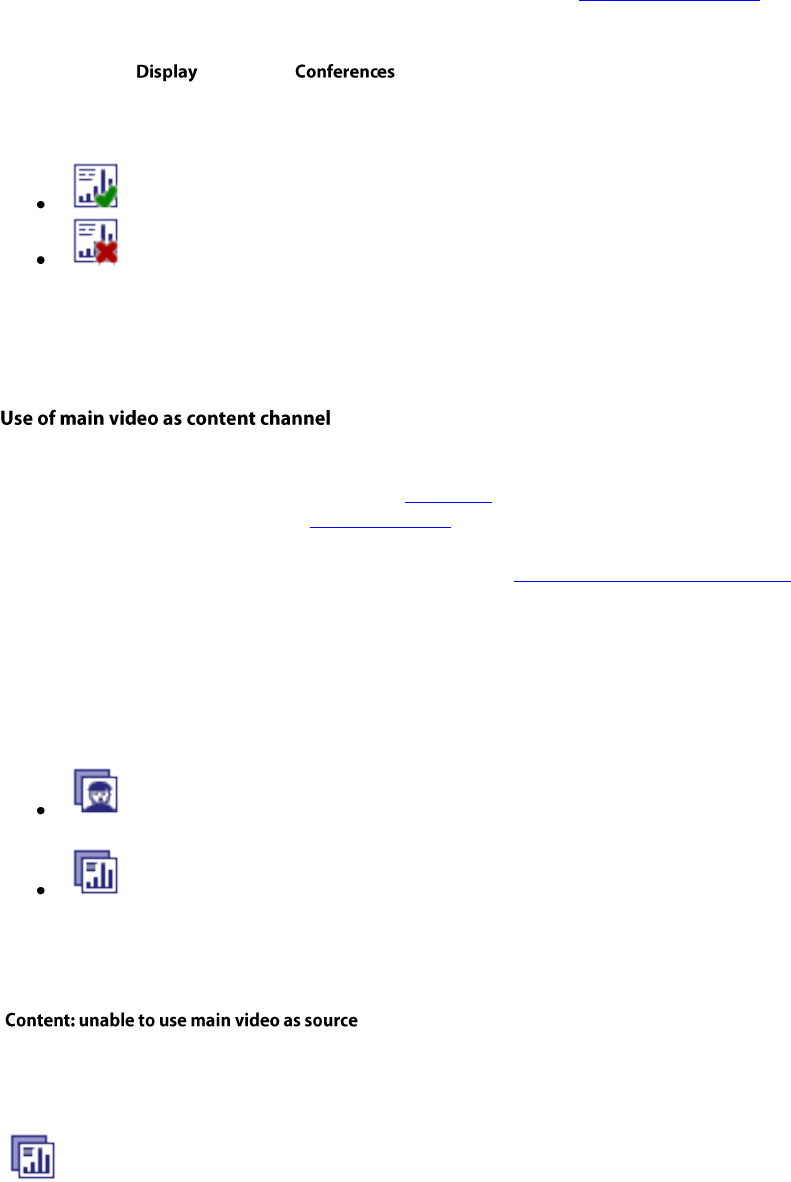
45
Irrespective of per-conference or per-endpoint configuration parameters, if a conference is configured to allow
content channel operations then it is possible to explicitly enable or disable individual conference participants' ability
to use content via the web browser interface (assuming a user login with full conference control).
To change the content contribution setting for an active conference participant via the web interface, first navigate to
that participant's page (go to and click the conference you want and then click on the name of
the participant whose settings you want to change). If the conference has content enabled and the endpoint in
question has content capabilities, you should be able to use one of the following controls:
allow participant to contribute content video
do not allow participant to contribute content video
If an endpoint's ability to contribute content video has been explicitly enabled or disabled via this mechanism, that
enablement or disablement will take precedence over any current or future conference or participant configuration,
even if the endpoint later moves to a different conference.
In addition to supporting the H.239 and BFCP protocols by which endpoints in a conference can supply the content
channel video, the MCU also allows a participant's main video channel to be used for the content stream. This is
essentially what happens by default for VNC connections in a conference configured to allow content channel video.
As detailed above, it is not possible to force an endpoint that has started to contribute content video to relinquish the
virtual token that it holds. Thus, if an endpoint's main video channel is configured to be the content channel source,
this will only take effect if no other endpoint is supplying the content channel video stream (whether by H.239,
BFCP, or through use of its main video stream).
To control the use of a participant's main video as the conference content channel source, these following controls are
displayed on the per-conference participant list (next to the preview image of the video stream to which they relate):
use this participant's main video stream as the content channel
(this is set by default for VNC connections)
stop using this participant's main video stream as the content channel
(revert to more conventional content channel behavior such as H.239)
If more than one participant's main video channel is configured to provide the content channel, then all but the active
(normally, first) one will be marked with the status:
You might also see this warning if there is more than one VNC connection in a conference, because, when
establishing a new VNC connection, the MCU will automatically configure its main (in fact, sole) video channel to be
used as the content channel source if possible. To choose between multiple potential main video channels as the
content source for the conference, ensure that you use the disablement control:
on all but the source you wish to use for this.



